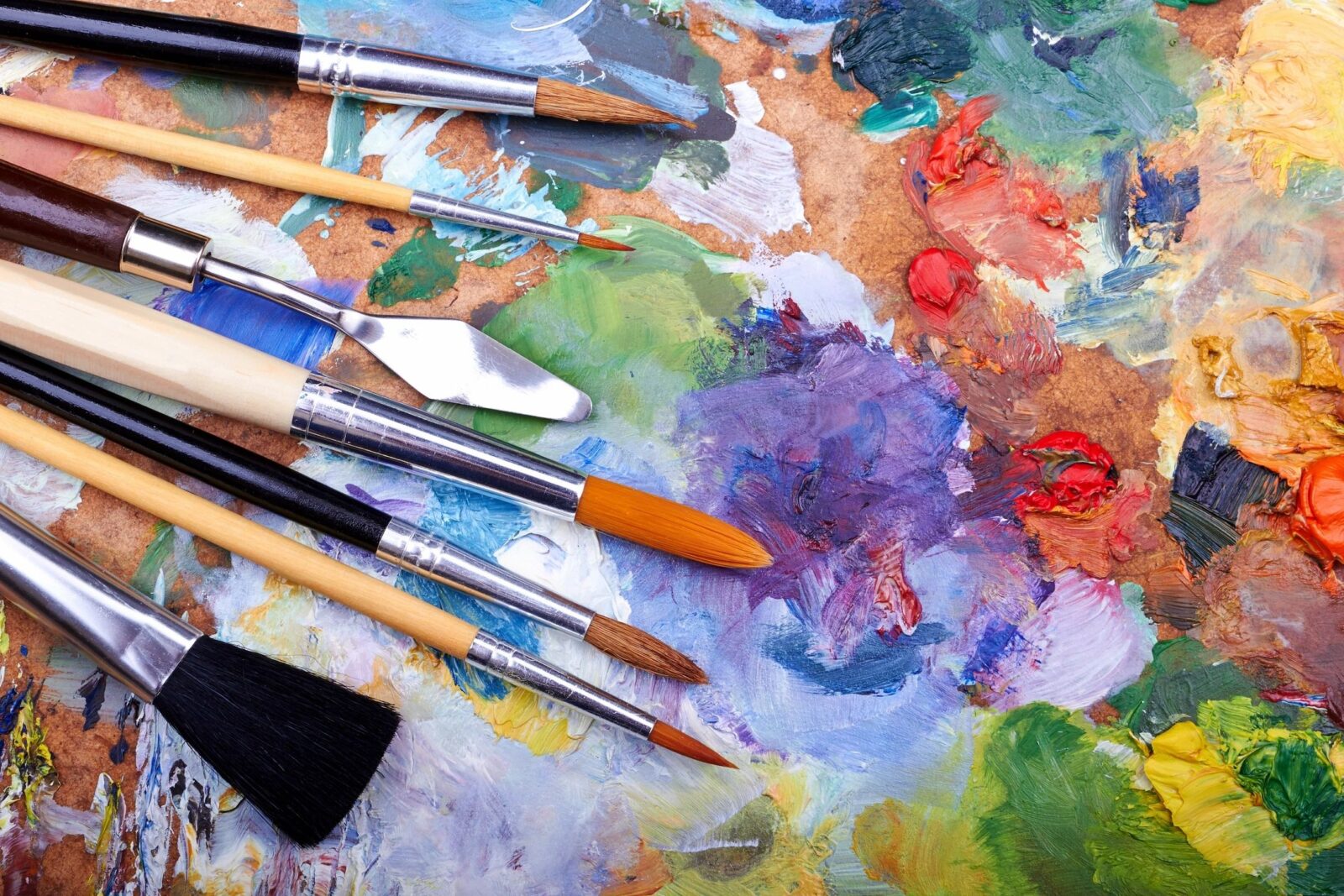Copyright is a legal concept that grants exclusive rights to the creators of original works. These works can include literary, artistic, musical, or dramatic creations, as well as software, architectural designs, and other forms of intellectual property. Copyright protection ensures that creators have control over the use and distribution of their works, allowing them to benefit from their creations and prevent others from unauthorized copying, distribution, or adaptation.
While copyright protection is automatic upon the creation of an original work, there are some steps you can take to safeguard your creative works and assert your rights more effectively. Here are some copyright basics to help you protect your creative works:
- Understand Copyright Law: Familiarize yourself with copyright law in your jurisdiction. Copyright laws can vary from country to country, but they generally offer similar protections. Understand the duration of copyright protection, the rights granted to copyright holders, and any exceptions or limitations that may apply.
- Use the Copyright Symbol: Whenever possible, include the copyright symbol (©), the year of creation, and the name of the copyright owner on your creative works. This notice alerts others that the work is protected by copyright and identifies the owner.
- Register Your Copyright: While copyright protection is automatic, registering your copyright with the relevant copyright office provides additional benefits. In some jurisdictions, registration is a prerequisite for enforcing your rights in court. It also serves as evidence of ownership, making it easier to resolve disputes and seek damages in case of infringement.
- Maintain Proper Documentation: Keep records of the creation and development of your creative works. This includes dates, versions, and any related correspondence or contracts. Proper documentation can support your claim of ownership and the timeline of your work’s creation.
- Consider Licensing: If you want to allow others to use your work while retaining some control, consider licensing your work. By granting licenses, you can specify the terms and conditions under which others can use your work, such as through a Creative Commons license or a custom license agreement.
- Monitor and Enforce Your Rights: Keep an eye out for any unauthorized use of your copyrighted works. Regularly search for instances of infringement, both offline and online. When you discover infringement, consider sending a cease-and-desist letter to the infringing party, requesting them to stop using your work. If necessary, consult with an intellectual property attorney to explore legal actions.
- Protect Digital Works: In the digital age, it’s crucial to protect your creative works online. Use watermarks, metadata, or digital rights management (DRM) systems to deter unauthorized copying or distribution. Consider placing your works behind paywalls, using encryption or secure platforms, and monitoring for unauthorized use.
- Keep Up with Copyright Updates: Stay informed about copyright developments, as laws and regulations may change over time. Understanding current copyright issues can help you adapt your strategies to effectively safeguard your creative works.
Remember, copyright is a form of intellectual property protection that aims to balance the rights of creators with the public’s access to creative works. By understanding copyright basics and taking appropriate measures, you can protect your creative endeavors and ensure that you retain control over your works.
